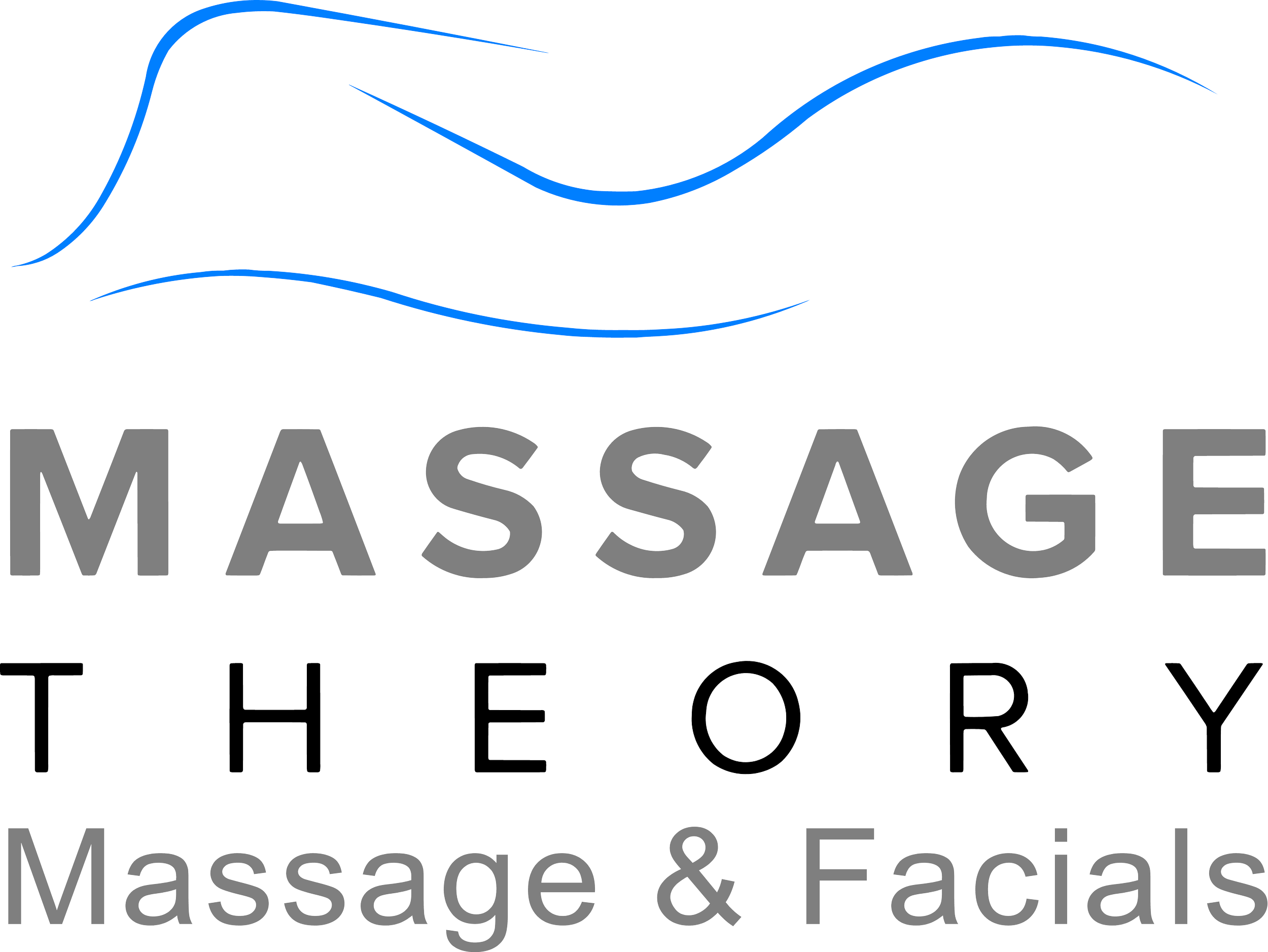Demystifying Common Myths about Massage Therapy: Expert Insights and Facts
Massage therapy is shrouded in misconceptions that often deter people from experiencing its full range of benefits. One of the most significant advantages of massage therapy is that it does much more than just provide relaxation; it can also alleviate chronic pain, reduce muscle tension, improve circulation, and boost immunity. These therapeutic effects make it a powerful tool in maintaining both physical and mental well-being.
Despite these benefits, common myths persist. For instance, the notion that all massages are the same is entirely inaccurate. Various types of massages serve different purposes, from stress relief to addressing specific muscle issues. Understanding these distinctions can help you choose the right type of massage to meet your needs.
Another prevalent myth is that massage therapy must be painful to be effective. In truth, effectiveness doesn't always correlate with discomfort. Many people find relief and improvement through gentle techniques. Clarifying these myths helps set realistic expectations and encourages more informed decisions about incorporating massage into your wellness routine.
The Truth Behind Massage Therapy Myths
Massage therapy often faces misconceptions that can obscure its true benefits and applications. This section aims to clear up some common misunderstandings by examining the realities behind these myths.
Addressing the Luxurious Misconception
A prevalent myth is that massage therapy is a luxury reserved for the wealthy. While massages are indeed relaxing, they offer more than just a moment of tranquility. Massage therapists use various techniques to alleviate chronic pain, enhance blood circulation, and improve overall well-being.
Insurance plans increasingly cover massage therapy as a therapeutic treatment for various health conditions. Recognizing the practical benefits and accessibility of massage aids in dispelling this luxurious misconception.
Unraveling the Misunderstandings of Pain and Discomfort
Another common myth is that massage therapy is only for relaxation and cannot help with serious pain issues. Massage therapists are trained to address diverse health needs, including chronic pain and discomfort.
Techniques like deep tissue massage target muscle knots and help in pain relief. Evidence suggests that regular massage can reduce pain and improve function in conditions such as fibromyalgia and arthritis. This therapeutic approach can significantly enhance your recovery and quality of life.
Decoding the Science of Massage and Health Conditions
There is often confusion about the scientific foundations of massage and its effects on specific health conditions. Studies show that massage can positively impact conditions like cancer, pregnancy, and mental health issues by reducing stress and promoting relaxation.
Trigger point and myofascial release techniques are effective in managing pain and improving mobility. Healthcare providers increasingly recommend massage as a complementary therapy to traditional treatments, underlining its broad health benefits and scientific backing.
Misapprehensions about massage therapy can prevent individuals from seeking its therapeutic advantages. By understanding the true capabilities of massage, you can make informed decisions about incorporating it into your health and wellness routine.
Demystifying Clinical Benefits and Techniques of Massage
Massage therapy encompasses various techniques targeting specific conditions, providing tangible clinical benefits such as pain relief and mood stabilization.
Exploring Types and Techniques for Various Conditions
Swedish Massage: This technique is ideal for promoting relaxation and reducing muscle tension. It employs long, gliding strokes, kneading, and circular movements to enhance blood flow and alleviate stress.
Deep Tissue Massage: Focuses on realigning deeper layers of muscles and connective tissue. It is beneficial for chronic pain and muscle injuries. The technique uses slower, more intense strokes to target specific muscle fibers.
Trigger Point Therapy: This method addresses tight areas within muscle tissue that cause pain in other parts of the body. By applying pressure to these points, therapists can alleviate pain and improve mobility.
Sports Massage: Designed for athletes, this type helps prevent injuries, prepare the body for athletic activity, and maintain the body in optimal condition. Techniques include stretching, deep tissue work, and joint mobilization.
Prenatal Massage: Tailored for pregnant women, this technique focuses on reducing pregnancy-related discomforts such as back pain and swelling. It uses gentle, soothing strokes to promote relaxation and ease muscle tension.
Myofascial Release: This technique involves applying gentle sustained pressure into the myofascial connective tissue restrictions to eliminate pain and restore motion. It is especially effective for patients with fibromyalgia and chronic headaches.
By understanding these techniques and their applications, you can choose the most suitable massage therapy for your specific needs, ensuring better therapeutic outcomes.
